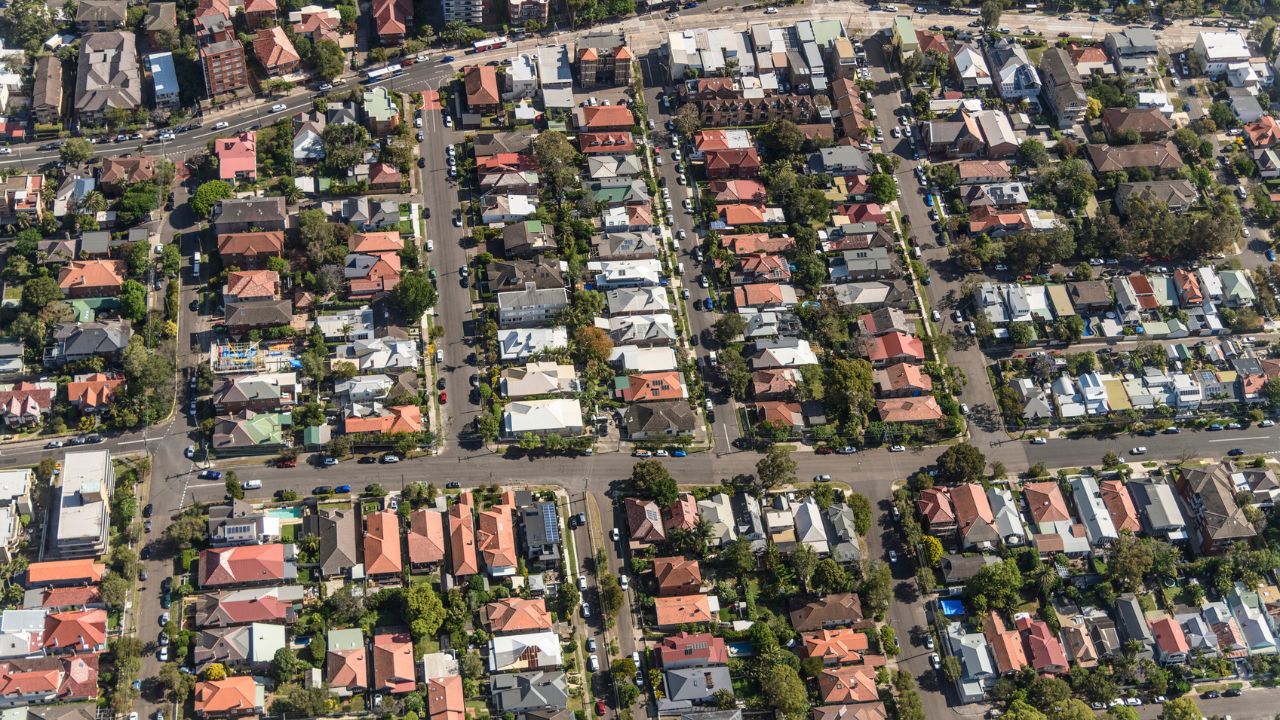Cotality Head of Research, Eliza Owen, has analysed how the scheme’s expansion coincided with unusually strong home value increases, finding that properties below the scheme’s price thresholds outperformed more expensive dwellings.
“In October, dwellings that fell within the price caps of the 5% Deposit Scheme increased 1.2 per cent, compared to 1.0 per cent for dwellings above, a differential of 22 basis points,” Ms Owen said.
“It is difficult to connect that directly to the scheme expansion, because there are many factors pushing the market higher and the low end of the market was outperforming in the lead up to the scheme expansion as well.”
The scheme, which enables eligible first home buyers to secure a low-deposit home loan without lender’s mortgage insurance, was scaled up to unlimited places with increased income eligibility and higher price caps from October 1.
Ms Owen said that while the performance gap was significant, it needed to be viewed in historical context.
“Putting that 22 basis points into perspective is important. Lower-value properties have outperformed the higher end of the market for the better part of two years, though this differential is relatively high in historic terms, in the top 16 per cent of differentials going back to 2009,” she said.
The analysis revealed houses benefited more than units from the apparent scheme effect.
“Houses with an estimated value below the price caps had a larger outperformance than units. National house values below the caps were up 1.3 per cent in the month, 32 basis points higher than house values above the caps,” Ms Owen said.
“Units below the caps had a 19 basis point premium of 1.0 per cent.”
Darwin showed the strongest differential between properties below and above the price caps, with values below the threshold rising 2.0 per cent compared to 1.3 per cent for more expensive properties.
“Sydney had the second-highest outperformance of markets below the price caps at 1.0 per cent compared to 0.5 per cent for properties above the caps,” Ms Owen said.
The research identified specific submarkets where the scheme may have had more pronounced effects.
“The markets where values below the price caps had the strongest outperformance were a mix of lower value pockets within high-end housing markets and popular regional centres,” she said.
“Melbourne’s Inner East topped the list, where values of homes below the price caps rose 1.7 per cent, 130 basis points above the 0.4 per cent growth for home values above $950,000.”
Other notable performers included Sydney’s Northern Beaches, where properties below $1.5 million rose 0.9 per cent while higher-end properties showed no growth, as well as regional centres like Geelong and the Central Coast.
Ms Owen cautioned that while the data showed stronger growth in property markets below the price caps, this trend predated the scheme’s expansion.
“Historic growth trends suggest this was happening in recent months before the expansion of the 5% deposit scheme. A causal relationship is difficult to establish,” she said.
“It might be too soon for the full impact of the expanded scheme to show up in price growth, and the numbers are worth reviewing over time. Ultimately the expansion of the 5% Deposit scheme is one of many factors influencing strong growth at the lower-to-middle end of the market.”

